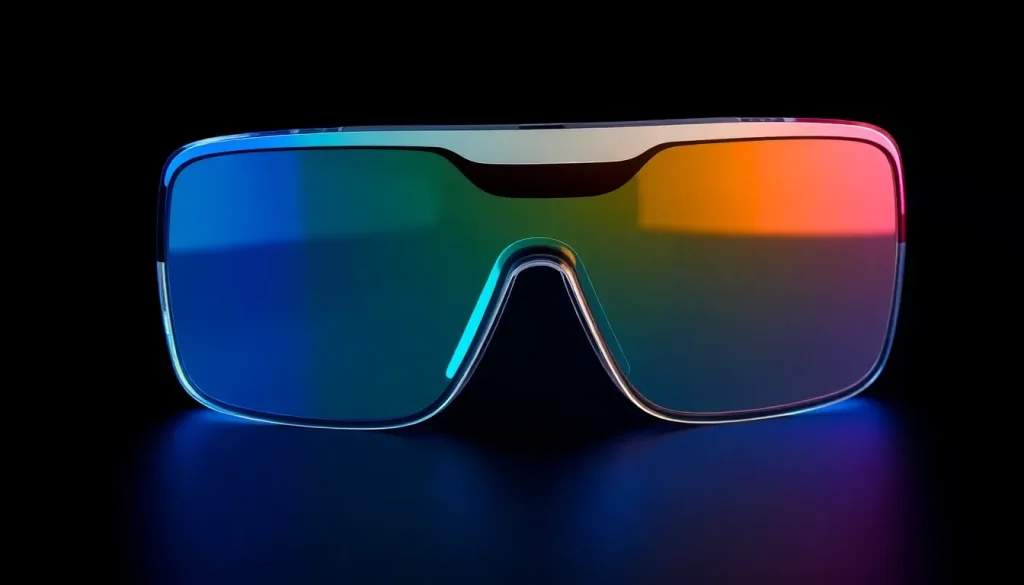Samsung Galaxy XR leaks: VR glasses with 4K micro-OLED and Snapdragon XR2+

The world of virtual reality is evolving rapidly, and Samsung is poised to make a significant impact with its upcoming release of the Samsung Galaxy XR. While the demand for immersive experiences has been rising, the competition is heating up, particularly against formidable players like Apple. The Galaxy XR promises to offer cutting-edge technology and a unique user experience, positioning itself as a strong contender in the standalone VR market.
As we delve deeper into the specifications and features of the Samsung Galaxy XR, it becomes clear that these glasses are not just another entry in the VR space. They are built to redefine what users expect from VR technology, incorporating high-end components and advanced capabilities that could set a new standard for immersive experiences.
Key Specifications of the Samsung Galaxy XR VR Glasses
The Samsung Galaxy XR stands out due to its impressive technical specifications designed for high-performance virtual reality. Here are the highlights:
- Dual Micro-OLED Screens: Equipped with two micro-OLED displays, each featuring a stunning 4K resolution, the Galaxy XR offers an unprecedented pixel density of approximately 4,032 pixels per inch, translating to around 29 million pixels in total.
- Powerful Snapdragon XR2+ Gen 2 SoC: This custom chipset from Qualcomm is crafted specifically for high-end VR applications, capable of handling resolutions up to 4.3K per eye at 90 frames per second (FPS).
- Multiple Camera Support: The device will feature more than 12 cameras for precise hand tracking and mixed-reality capabilities, enhancing the user's interaction with the virtual environment.
- Battery Life: Users can expect around 2 hours of general use and up to 2.5 hours when watching videos, although this is relatively modest given the high-performance specs.
- Lightweight Design: With a total weight of 545 grams, the design focuses on comfort, crucial for extended VR sessions.
The combination of these features positions the Galaxy XR as a leading option for consumers seeking a premium VR experience, potentially outperforming competitors like the Apple Vision Pro, which offers about 23 million pixels.
Innovative Design and User Experience
The design philosophy behind the Samsung Galaxy XR emphasizes both aesthetic appeal and functional ergonomics. Key design elements include:
- Sleek Curved Front: The front of the device is designed to enhance the visual experience, providing a more immersive feel.
- Metallic Matte Finish: This not only adds to the visual appeal but also ensures durability.
- Customizable Comfort: Interior padding and adjustable features are designed to accommodate various head shapes and sizes, making long-term use more comfortable.
Additionally, the device utilizes an external power bank connected via a short cable, reminiscent of the Apple Vision Pro's design. However, the practicality of this setup has been questioned due to the limitations imposed by the short cable length.
Software and Connectivity Features
On the software front, the Samsung Galaxy XR will run on a customized version of Android XR, featuring an interface known as One UI XR. This integration aims to provide a seamless user experience, including:
- 3D Apps: Users will have access to a suite of applications such as a 3D camera, web browser, and gallery.
- AI Integration: The system will leverage Google’s AI capabilities, particularly focusing on enhancing user interaction through intelligent features.
- Gesture and Voice Controls: Utilizing the power of voice commands and hand gestures, users can navigate the interface and control their experiences without needing physical controllers.
Expected Pricing and Market Positioning
As Samsung gears up for the official announcement of the Galaxy XR, expected between October 21 and 22, speculation regarding its pricing has begun. Analysts predict a retail price ranging from $1,800 to $2,000. This places it within the premium segment of the market, yet significantly lower than the Apple Vision Pro, which retails for $3,499.
The pricing strategy seems to reflect Samsung's intention to attract users looking for a higher resolution and more mature software ecosystem compared to Apple's offering. The Galaxy XR is expected to launch with:
- Extensive library of VR applications and games due to the robust Android platform.
- Enhanced functionalities with bundled controllers that offer 6 degrees of freedom (6-DoF).
- Better accessibility for users accustomed to the Android ecosystem, potentially leading to a smoother adoption process.
By addressing the shortcomings of competitors and leveraging its established presence in the tech industry, Samsung may carve out a significant market share in the VR segment.
For those eager to see the Galaxy XR in action, a sneak peek into its capabilities can be found in this informative video:
Conclusion: A New Era for VR?
The Samsung Galaxy XR is shaping up to be a game changer in the world of virtual reality, combining advanced hardware with user-friendly features. As the competition intensifies, it will be fascinating to see how these glasses perform in the marketplace and what innovations they bring to the VR landscape. With its blend of technology and design, Samsung is not just entering the VR space; it is poised to redefine it.




Leave a Reply